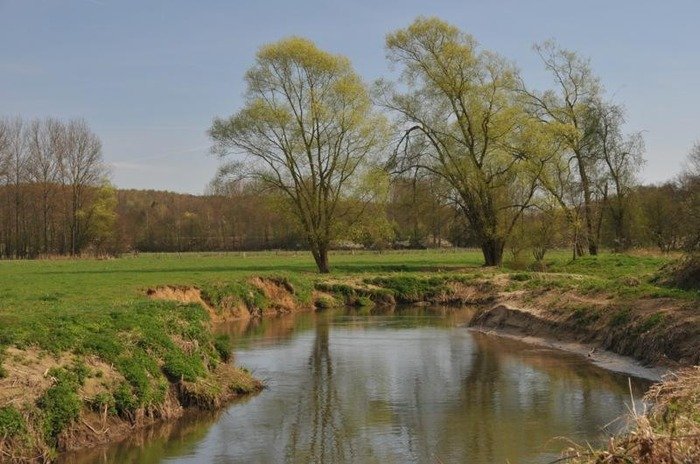DAVIS, Calif., Nov. 5 (UPI) -- Carbon buried in soil rises again as carbon emissions, a clue to understanding past and future global climate change, U.S. and European scientists say.
Researchers, including plant scientist Johan Six of the University of California, Davis, say that while earlier studies have found erosion can bury carbon in the soil, acting as a carbon sink or storage, part of that sink is only temporary.















